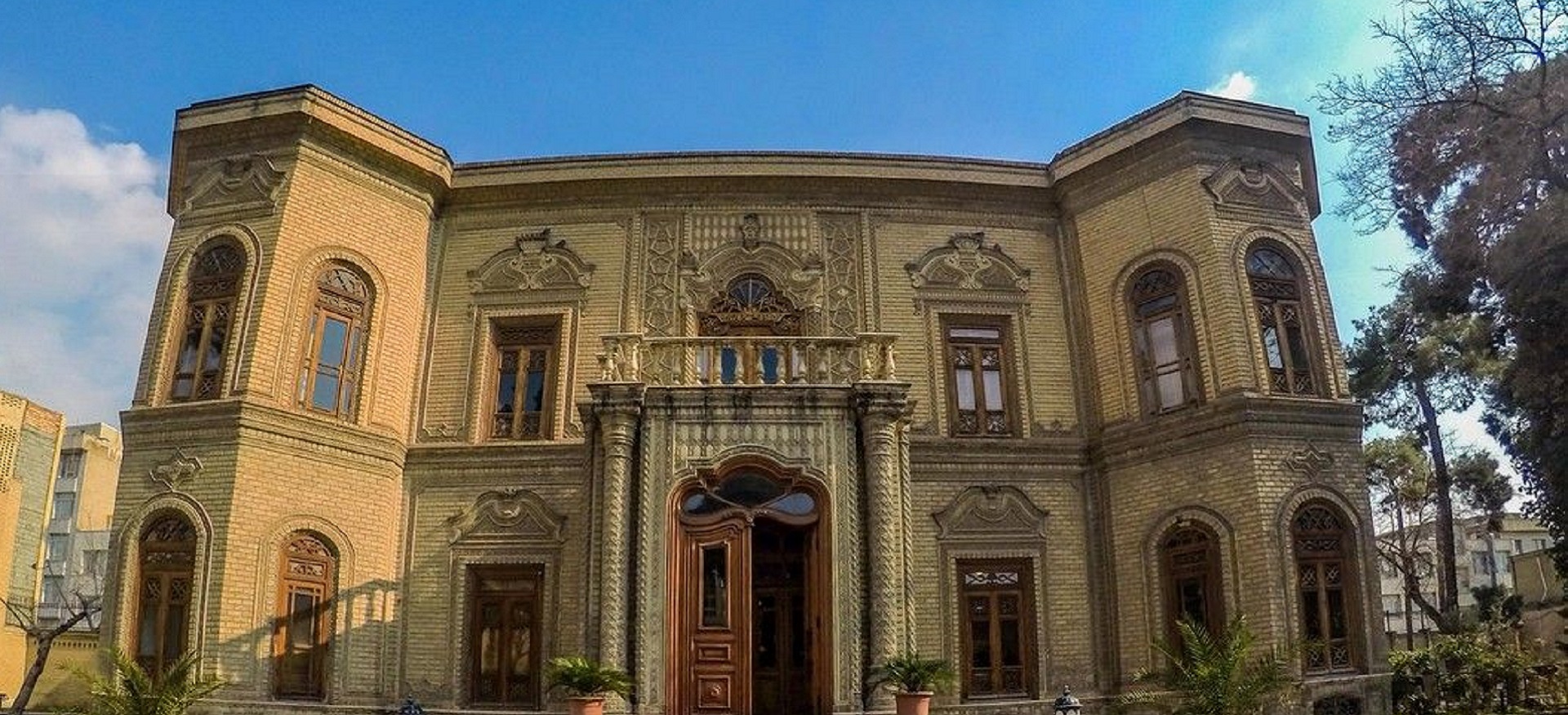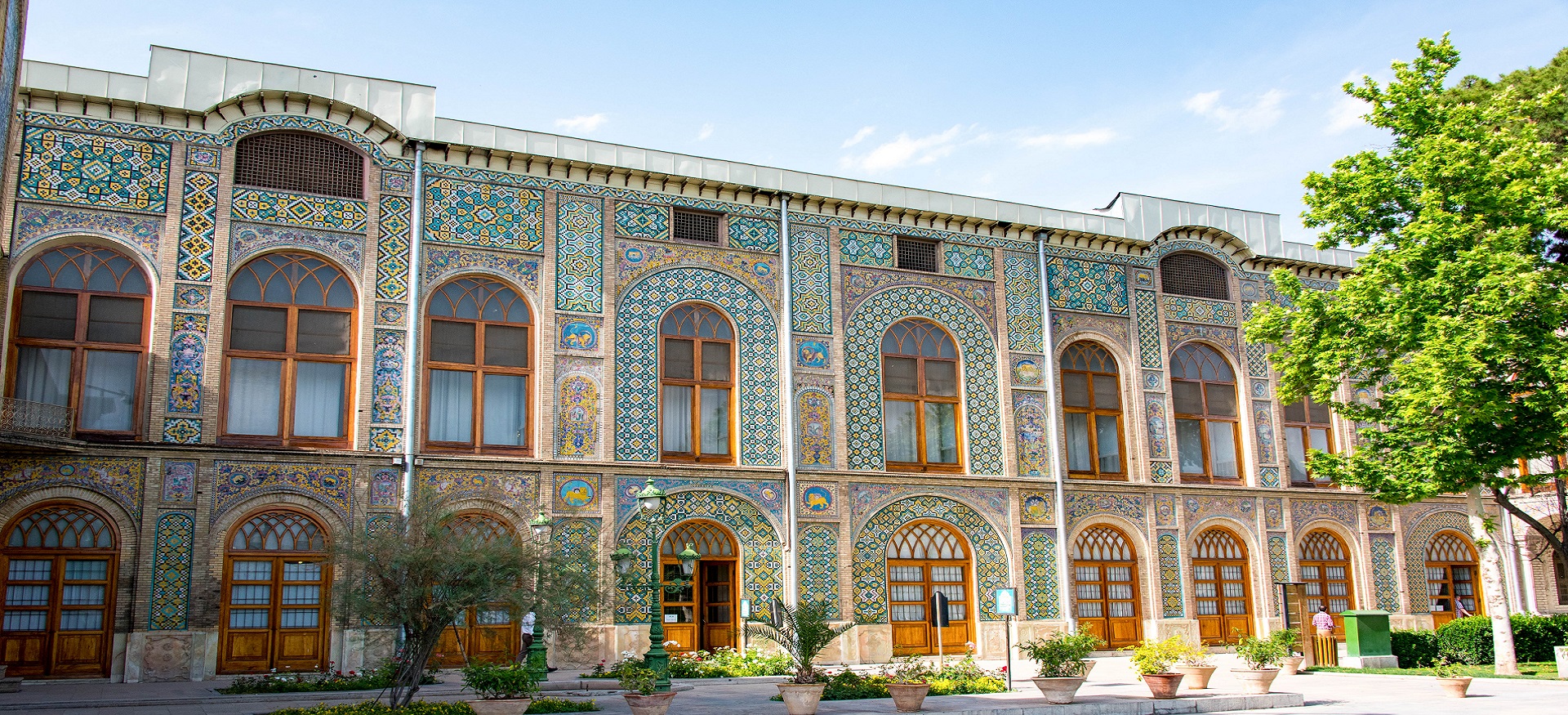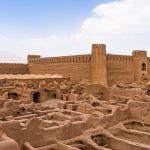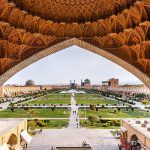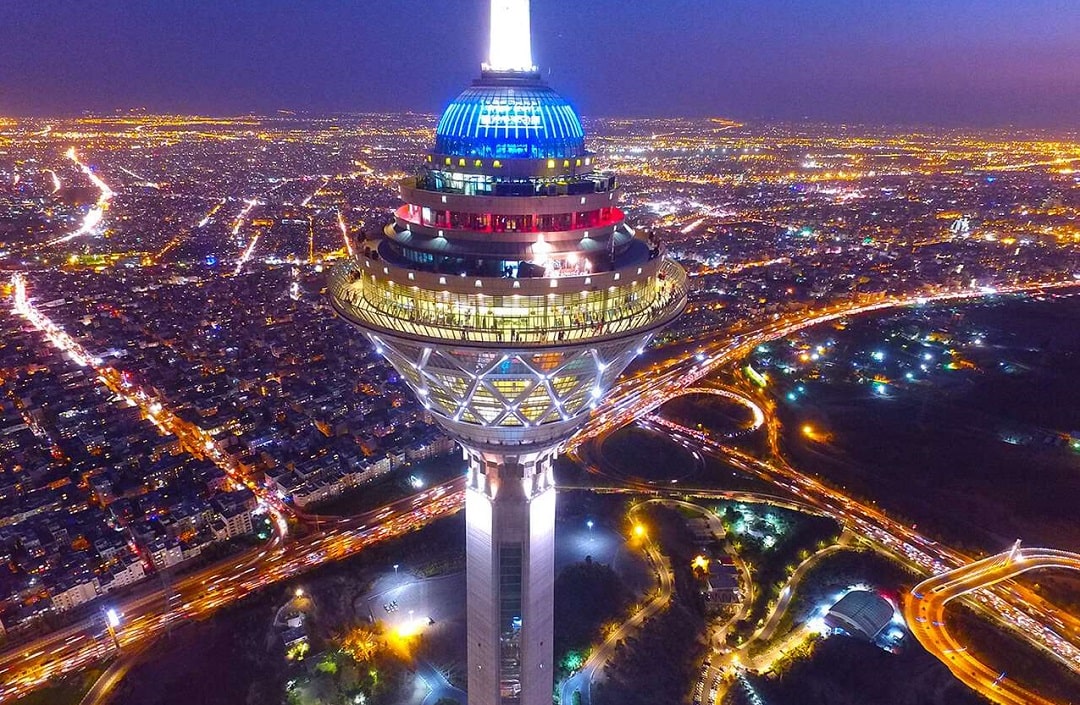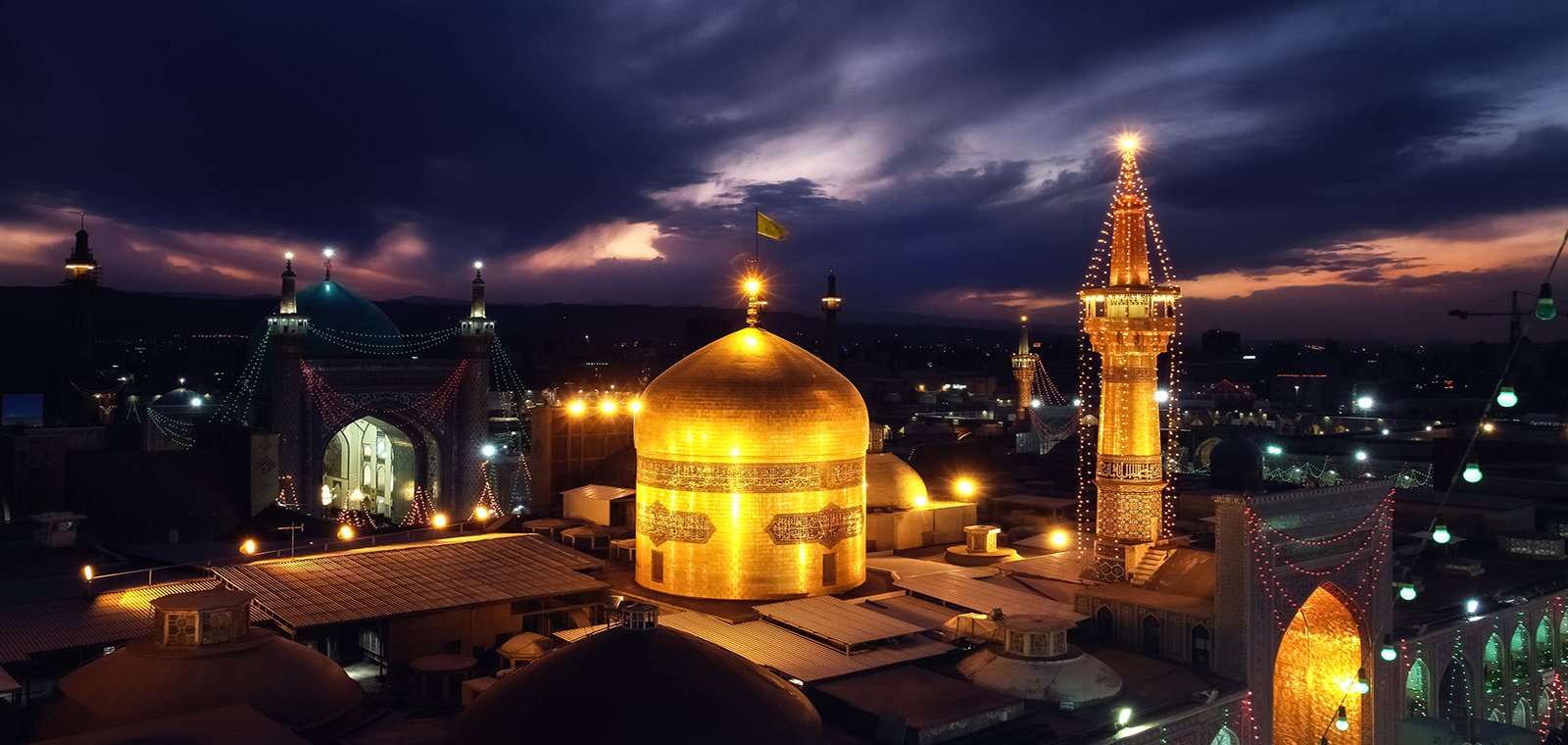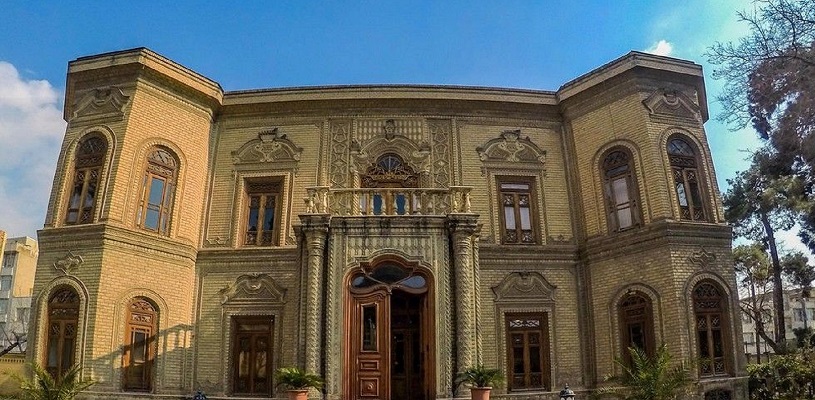
Glassware and Ceramic Museum of Iran (Abgineh Museum)
Glassware and Ceramic Museum of Iran is an impressive collection set up in one of the historical houses of Tehran. In this museum, you can see the evolution of glass and ceramics from prehistory to the present. This museum is a valuable and important attraction in many ways. Like to know more about it? Follow this post to find out about Iran’s glassware and ceramic museum location, history, and architecture.
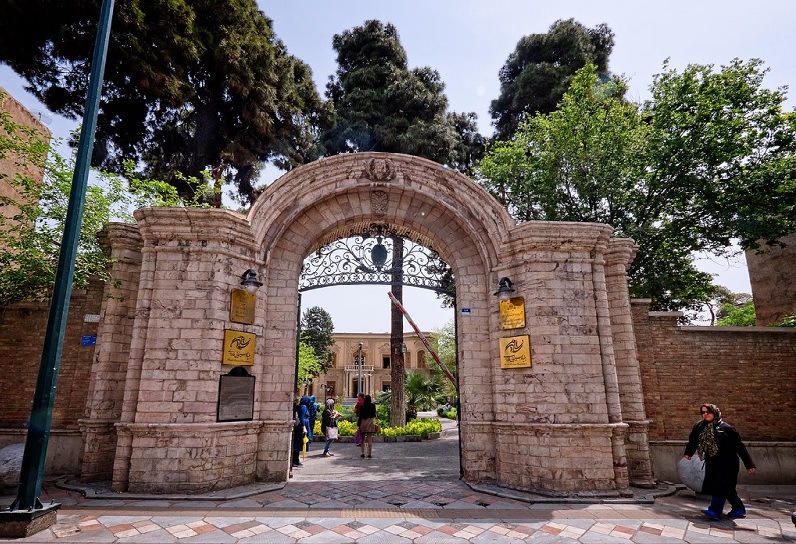
Why Visit Glassware and Ceramic Museum of Iran?
- It is one of the top ten museums in Iran and is visited by about 2 million tourists every year.
- In the glassware and ceramic museum of Iran, you will see valuable artifacts that have been discovered from Chogha Zanbil Temple (dating back to the second millennium BC).
- Its building is one of the most spectacular houses in Tehran and its brickwork is one of the excellent examples of brickwork in historical houses.
- This Museum is on a historic street in Tehran. This street is very popular due to its many attractions, cafes and street food stalls.
History of the Glassware and Ceramic Museum of Iran
The current location of the Glassware and Ceramic Museum of Iran was formerly the residence of Ahmad Qavam, a Prime Minister in Qajar era (20th century), and a courtier during Pahlavi era. He ordered the construction of the mansion and lived in it for about thirty years. The house was then handed over to the Egyptian embassy. Seven years later, this property became the Afghan embassy. Shortly afterwards, it became the place of Commercial Bank. The Qavam mansion was then bought from the Commercial Bank to be turned into a museum.
Finally, this building turned into a special museum for glassware and ceramic works. When it was decided to change the use of Qavam mansion to the Museum, Hans Hollein was chosen to design the interior of the museum. This Austrian architect designed halls for different parts of the museum.
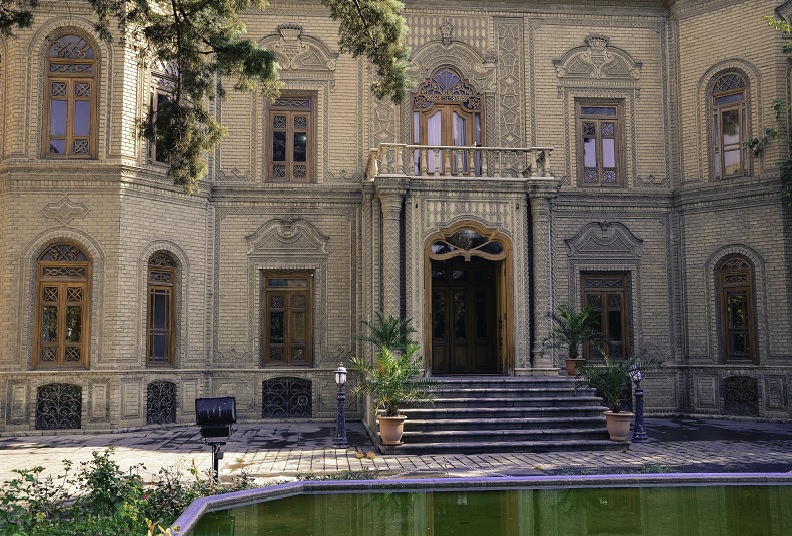
Introducing the Glassware and Ceramic Museum of Iran
By entering the courtyard of the Glassware and Ceramic Museum of Iran, a pool of water in the middle attracts your attention. The main mansion that is an old brick building, stands on the other side of the courtyard. Over the years its magnificence and beauty has not diminished. Now the museum halls that are in the main building, are places to display historical objects. There is another building in another corner of the courtyard. This building which now functions as the education center and the library of the museum.
The Architecture of the Glassware and Ceramic Museum of Iran
In this three-floor building, you can see the architectural elements of Qajar era. The elements such as iwans and pillars are visible at the entrance. At the same time, the Russian style stairs between the ground floor and the first floor show the influence of non-Persian architectural styles on Persian architects. Also, exquisite designs, doors and windows are reminder of 11th century Persian architecture. The building of the Glassware and Ceramic Museum of Iran is octagonal.
As mentioned, Hans Hollein was the designer of the interior part of Iran’s Glassware and Ceramic Museum and actually he did it by preserving the beauty of the building. The shape of Persian antiquities were sources of inspiration in designing the display cases of objects. He also got inspirations from the architecture of places such as Cube of Zoroaster in Naqsh-e Rostam, Tachar Palace and pillars of Persepolis.
To preserve the plaster work and mirror work of the walls, Hans Hollein placed the display cases in the middle of the hall. So that they do not have any connection to the walls. Then he designed the lighting, the dominant color of each hall and the ventilation system in a way to have a harmony with the objects. Designing showcases that fit the size of objects and their categorization is another manifestation of Hollein’s ingenuity.
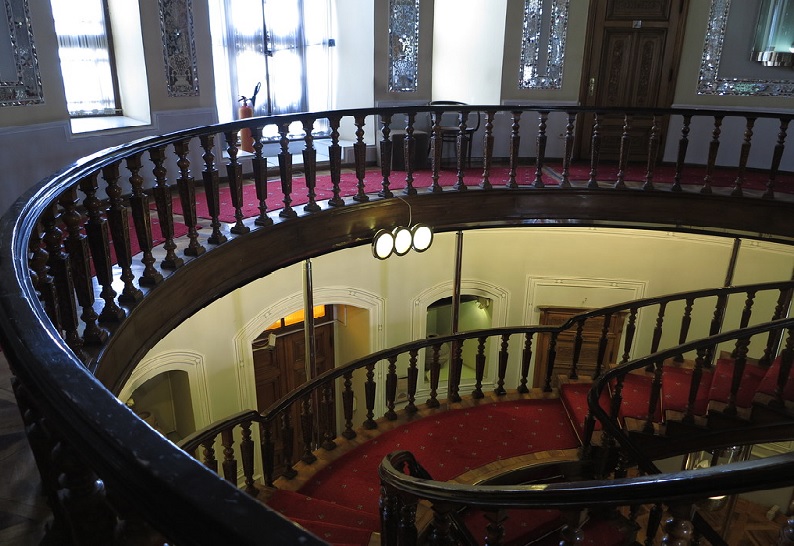
Decorations Used in the Building of the Glassware and Ceramic Museum (Abgineh Museum)
There are 51 bricks with embossed designs, geometric patterns, and inlaid doors and windows in this mansion. They all are made based on the art of 11th century Persian architecture. The mirror work on the walls is similar to other historical monuments belonging to Qajar era. But the plaster work is related to two different eras. The older plaster work was done in Persian style and during Qavam era. Then, when the building belonged to the Egyptian embassy, Western-style plaster work was added to the building.
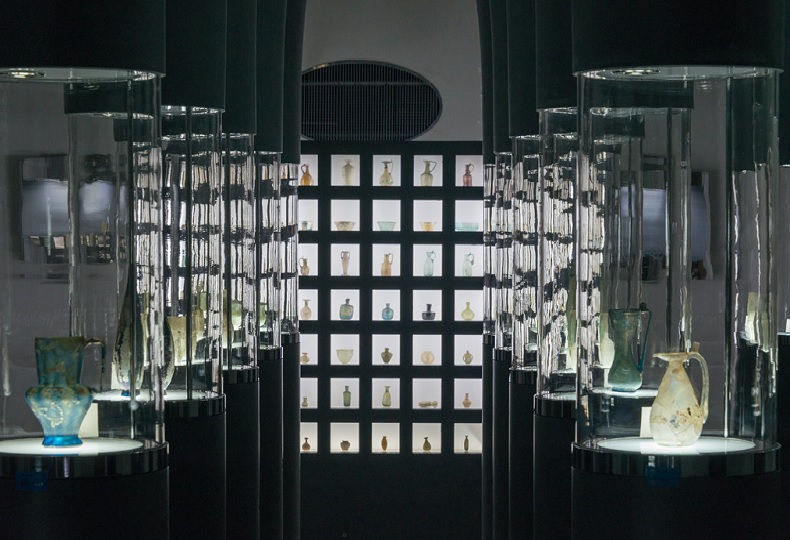
Different parts of Iran’s Glassware and Ceramic Museum
There are 6 halls to divide the objects in the glassware and ceramic museum of Iran and to show the evolution of glassware and ceramic industry in Iran. On the ground floor, there are historical objects from prehistoric to pre-Islamic era. They are in Audiovisual, Mina and Bolour halls. On the first floor of the Abgineh museum, there are Sadaf, Zarrinfam and Lajevard halls. In these halls, you can see objects from Islamic era to the present era
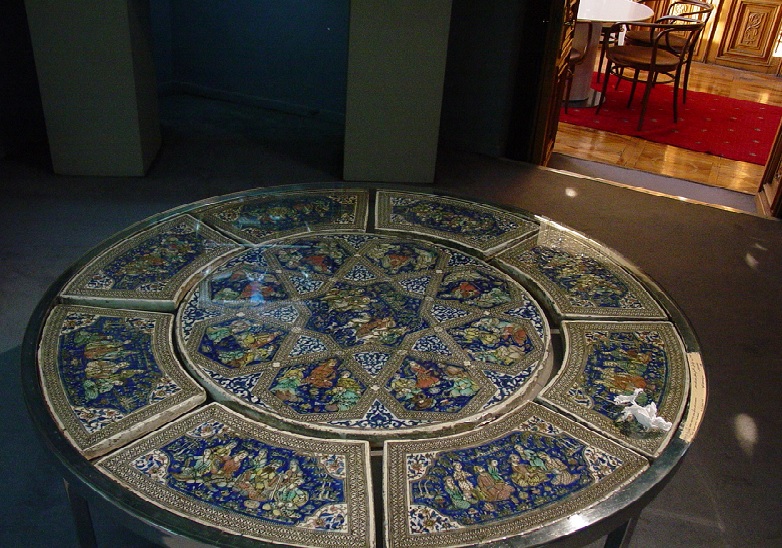
The Glassware and Ceramic Museum of Iran – The Audiovisual Hall
It is interesting to know that not all the halls of Glassware and Ceramic Museum are dedicated to displaying antiquities. Audiovisual Hall increases your knowledge about archeology and excavation. In this hall, they will explain to you how archeological excavation is done. There is a calendar on the wall of this hall. By looking at it, you can see how old Iran is. A little further on, you can see another map on the wall. It shows the ancient sites of Iran.
Another interesting part of this hall is the reconstruction of prehistoric graves. Prehistoric man thought that a deceased person needed his daily necessities after death. So, they buried his personal things with him.
Iran’s Glassware and Ceramics Museum – Mina Hall
In this hall, you can see the oldest glass and ceramic works of the museum and the architectural elements of the Achaemenid period in Persepolis have inspired the design of the showcases. The oldest glass works of this hall belong to the beginning of the second millennium BC, which includes glass bars of Chogha Zanbil (a Persian temple in ancient Susa). The other part of this hall contains the primary ceramic works related to different civilizations.
Abgineh Museum – Bolour Hall
Because of the display of glass objects in this hall, it is named as Bolour (crystal). Its showcase is a large cube that displays glass objects from the first millennium BC to the arrival of Islam in Iran.
Abgineh Museum of Tehran – Sadaf Hall
The reason for naming this hall is its decoration that is in the shape of a semi-open shell (Sadaf). The ceramic works discovered in Neyshabur are of the most important objects in this part of the museum.
The Glassware and Ceramic Museum of Iran – Zarrinfam Hall
The objects displayed in this hall are known as Zarrinfam (meaning golden in color). Most of these dishes are gilded and due to their decoration technique, they are known by this name. Attractive aristocratic dishes from Seljuk era (11th Century) are kept in this hall.
Glassware and Ceramics Museum of Tehran – Lajevard Hall
The azure color of the objects in this section of Glassware and Ceramic Museum has caused this room to be called the Lajevard Hall. The showcases of this hall are inspired by the form of Mongolian tents and tombs of that time.
Abgineh Museum of Tehran – The Education Center in Glassware and Ceramic Museum of Iran
There is a two-floor building on the north side of the Glassware and Ceramic Museum. There are classrooms on the ground floor of this building. Some training workshops such as specialized work on ceramic and pottery are held in these classrooms. On the upper floor, you can see the library of the Museum which contains more than 4,000 books in the fields of art, history, architecture and handicrafts.
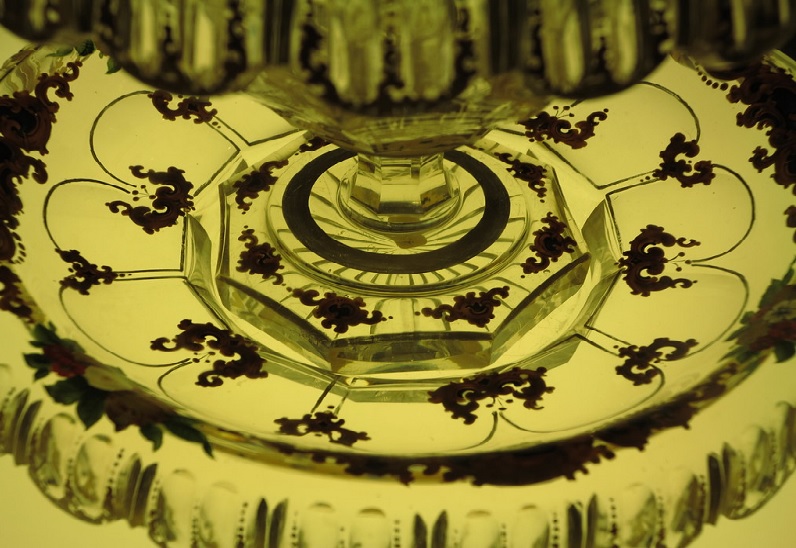
Gift Shop
In this part you can find handicrafts, postcards, and handbooks. You may also like to buy them as a souvenir.
Some of the Abgineh Museum’s Well-known Objects:
Medical Instruments
Some of the glass objects kept in Sadaf hall and museum treasuries are medical instruments. These objects, with applications in traditional medicine, alchemy, surgery and dentistry, reveal unspoken medical knowledge of the different eras.
A Pitcher with Cross Pattern
A pitcher with a cross pattern is one of the most controversial objects in the Glassware and Ceramic Museum. Due to the fact that this pitcher belongs to a time before the birth of Jesus, there are different interpretations of its pattern. It is obvious that the cross had a meaning in ancient civilizations before it became a symbol of Christianity.
Sound Treasury of the Museum
Phonograph records containing 200 music albums from around the world are in Glassware and Ceramic Museum. These records have not yet been converted to audio files. Once converted to playable files, they will be available to fans. Hans Hollein has gathered these records.
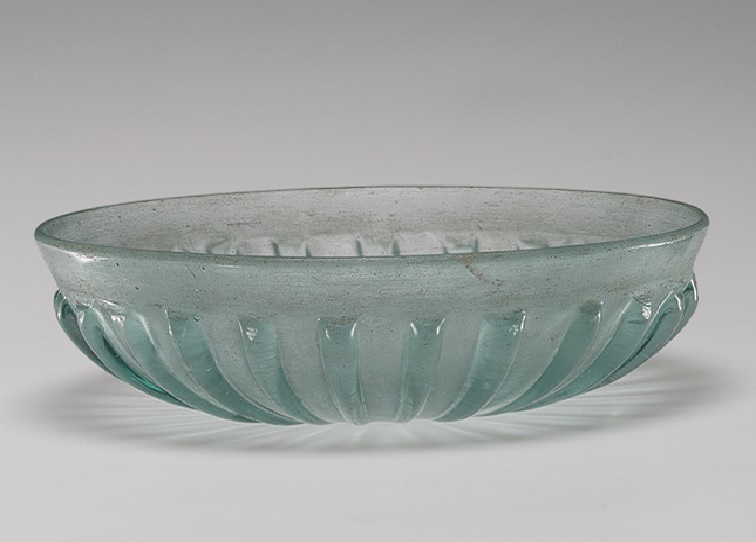
More about the Glassware and Ceramic Museum of Iran
Visit Hours
9 a.m. to 5 p.m.
Visit Days
All days except Mondays and some public holidays.
Street Food Market
Glassware and Ceramic Museum is on Si Tir Street. This street has been an inseparable part of the country’s tourism hubs from the past till today. Today its attractions have also increased with the paving of the street and the presence of street carts. Street food with this style and this variety reminds us more of East Asian countries such as Singapore and Malaysia. But you can get this fascinating and different experience on this street in Tehran.
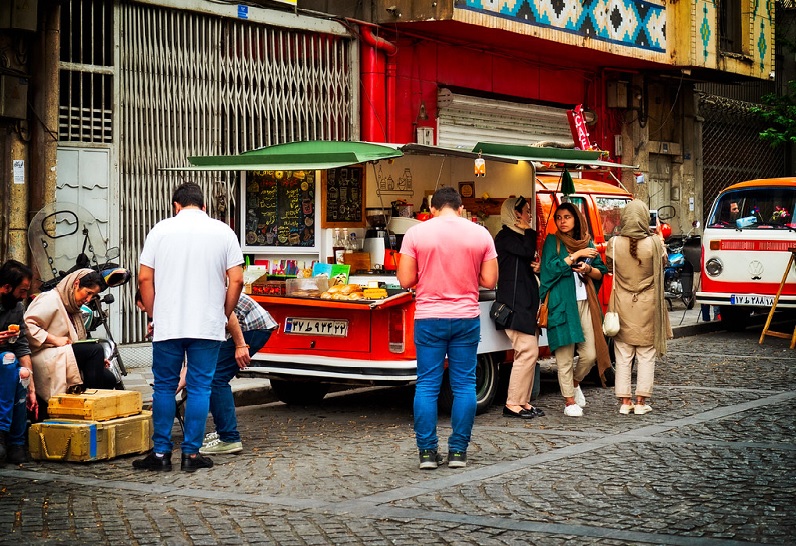
Nearby Attractions
There are many popular attractions around Si Tir Street and around the Glassware and Ceramic Museum. We will name some of Them:
National Museum of Iran is the mother museum and the most important archaeological museum in Iran. Precious objects of this museum are from the Paleolithic period to the present. Golestan Palace is an example of a combination of Persian and European architecture and its name shines in the UNESCO heritage list. Saint Peter’s Evangelical Holiness Church is a Christian worship place of Qajar era. This church has a combination of Persian and European architecture.
Where to Eat Nearby
Kabab Zoghali Restaurant
Attica Restaurant
Chicken King Restaurant
Like to check out the Glassware and Ceramic Museum of Iran?
Then book a place on one of our multi-day Cultural Tours or our Top Museums of Tehran.
Keywords: precious ineh, abgineh museum of Tehran photos

